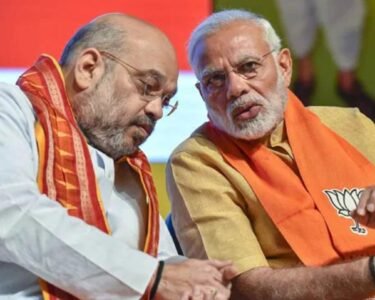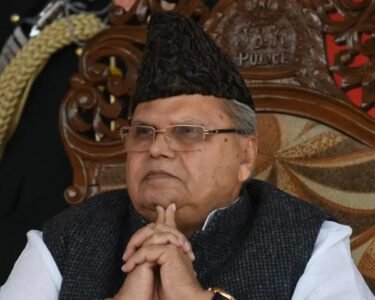India’s growing reliance on Russian oil is drawing renewed scrutiny after U.S. President Donald Trump threatened steep trade penalties, raising concerns over New Delhi’s energy security strategy.
Over the past three years, India has rapidly shifted its oil import strategy, with Russian crude rising from a negligible share in 2021 to becoming the country’s top source by 2023. Before the Russia-Ukraine conflict, imports from Russia made up just 0.2% of India’s crude supply. Today, they account for over 40%.
This pivot came after Western nations imposed sanctions on Moscow following the 2022 Ukraine invasion. As buyers in Europe backed away, Russia offered steep discounts to countries like India and China. At one point, Russian oil was priced nearly $40 below global benchmarks, giving India a significant cost advantage.
By mid-2023, India was importing more than 2 million barrels per day (bpd) from Russia, far surpassing traditional suppliers like Iraq and Saudi Arabia. Current averages hover around 1.75 million bpd. In comparison, Iraq and Saudi Arabia supply less than half that volume.
Data from analytics firm Kpler shows Russia’s share in India’s crude mix reached 41% by July 2024, while Iraq and Saudi Arabia trailed at 20% and 11%, respectively.
Financially, this shift has paid off. According to estimates from rating agency ICRA, India saved around $13 billion in oil import costs over two fiscal years by purchasing discounted Russian crude. Commerce Ministry data shows India’s crude oil bill from Russia rose from under $2.5 billion in FY 2021–22 to more than $140 billion in FY 2023–24.
However, India’s energy calculus is now facing pressure from Washington. President Trump recently announced a 25% tariff on Indian goods and warned of additional penalties over continued oil trade with Russia. He threatened broader sanctions on Russian oil buyers unless Moscow agrees to a peace deal within 50 days.
India, which imports about 85% of its crude needs—roughly 5.2 million bpd—has defended its purchases, arguing that they help stabilize global oil prices. Petroleum Minister Hardeep Singh Puri has maintained that India’s buying strategy prevents market shocks. “Had India not bought Russian oil, prices would have gone through the roof,” he said earlier this year.
New Delhi has maintained a neutral stance on the Ukraine conflict, continuing trade ties with both the West and Russia. With mounting global tensions and shifting trade dynamics, India’s balancing act between energy security and foreign policy may become harder to sustain.
Image Source: Google
Image Credit: Respective Owner




